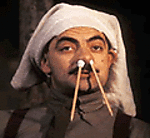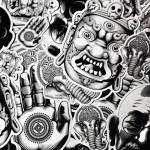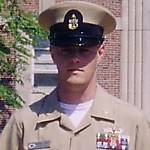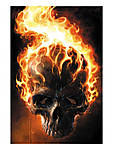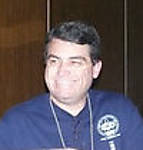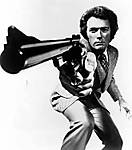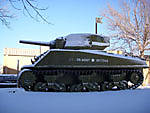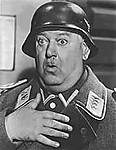Quoted Text
Quoted Text
Hi Joe,
A couple things here.
First, surface prep is more important than primer for good paint adhesion. Before he moved to Maryland, Steve Zaloga used to come over my house on a regular basis and I learned a lot from him. One thing was to cover your detail with as little paint as possible. 99% of the time you don't have to prime. Modern acrylics will adhere to clean styrene, PE, and resin, no problem.
To prep the model for painting, take it to the kitchen sink. With a spray bottle of Windex, hose down the model, drenching it completely several times on all surfaces. This removes the mold release, skin oils, dust, and dirt. It also does it without scrubbing the model and breaking off parts. Then, turn on cool water and using the sink sprayer on low pressure, rinse the model thoroughly. Put the model in a clean plastic tote with the cover ajar so it dries dust free. Your paint will stick perfectly to all surfaces.
When building resin or using a lot of putty, then it's a good idea to prime, but more to reveal surface imperfections than anything else. When I did prime, I used to use Krylon grey primer but was never happy with it because of how thick a layer of paint that spray cans put out. Spray cans are fine for 1:1 cars but just too much for models. A spray can is like a fire hose, when an airbrush is like a hypodermic needle. 1 coat from a spray can is thicker than 5 coats from an airbrush.
I completely recommend using primer through an airbrush. Several companies make a primer in their line. I use Vallejo primers and I highly recommend them. Vallejo primer comes in white, grey, and black, so you can key your primer to your base paint color. It is an excellent product and is easy to use.
I will be doing a review on all three Vallejo primers soon.
Last night I finished up building my Dragon Panther G and drenched it with generic blue "window" cleaner w/ ammonia and was amazed how well it cleaned the model of all release agents, oils and finger prints. It took off the sheen of the usual dragon grey and left the model in a nice state ready for painting. I really detailed it and did not want to cover up details with primer so when I read this post I thought I would give it a try. I never "cleaned" my models like this before and just primed it, I really like this method because I too did not like how much primer would cover details, thanks.
I agree with all of this, keeping the model clean is the most important thing, if your doing a large build then clean as you go, you cannot hurt the model by simply washing it in warm soapy water to keep on top of things, helps to stop the build up of finger grease and large amounts of dust, then simply give it a final clean before painting.
If you give PE parts a very light sanding with wet n dry, or scrub it over with very fine wire wool before you fix it to the model then paint will stick to it without much problem, resin parts are a different, they need a primer coat because it is very hard to see problem areas and imperfections in resin castings before a layer of paint is applied, so prime it to check it, in effect your not priming it to make paint stick, your priming it to quality check it.
In terms of primers, there seems to be a lot of nonsense talked about car industry primers (primer in a can), these primers simply dont make detail vanish, these primers are shrink fitters, as they dry the paint layer shrinks, it contracts, sucks itself into the surface.
Tony Greenland, a very good scratcher, detailer and model painter, who it should be noted is very concerned about adding fine detail, wrote a book years ago about construction, painting and weathering AFV's, in this book there is a picture of Mr Greenland outside in his back garden priming a German panther with a can of Halfords Auto primer (grey), and he recomends this stuff in his book.
All you have to do with Auto primers is make damn sure that you start your spray BEFORE you pass the can over the model, and finish your spray AFTER the can has past over the model, and dont overdo it, apply just enough to prime the model.
Keep the model clean, wash it, alot, as you go, and 99% of the time you wont even need a primer.


















